Womblin' 2: Electric Wombaloo
Every now and again while walking around, I stumble across some discarded hardware that deserves a second chance at life. Everything you find by the side of the road has a story, and one thing I've learned after 31 years is you never know what's gonna get thrown out the door.
On the refuse pile of history today, this lovely Westcott "iPoint Evolution Axis" electric pencil sharpener:
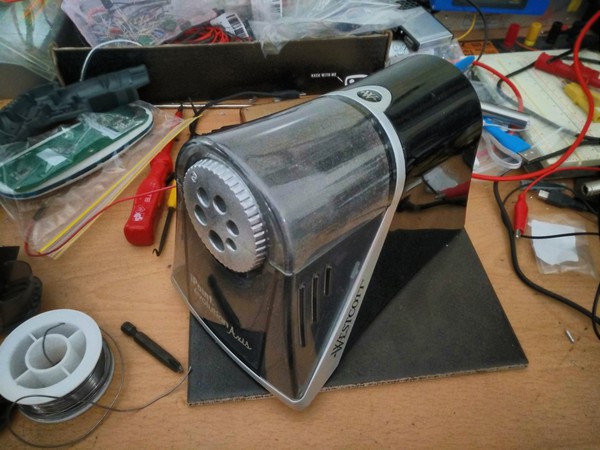
Due to the tragic circumstances of my birth, I've always had to sharpen my pencils by hand like some kind of manual labourer. But I never stopped dreaming of a better future. Could this be my ticket out of skid row? A train ready to depart to my rightful place among the stationery bourgeoisie? I was determined to find out.
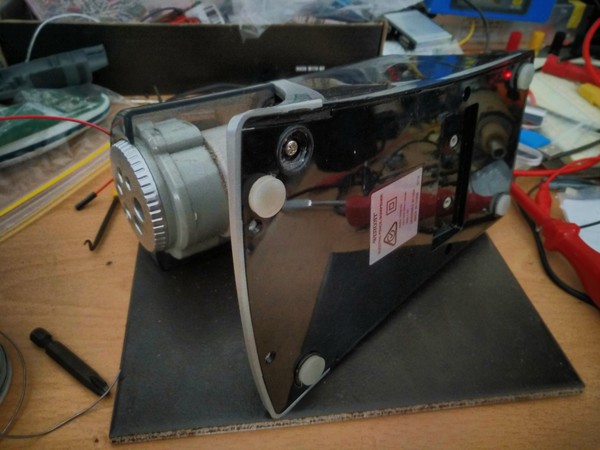
I pulled a bunch of screws from the bottom, but the damn thing still wouldn't come apart. Remembering the total chassis destruction that ensued when I missed some screws last time, I persevered in my search for peaceful disassembly. In time, the answer became clear: more screws hiding under the adhesive rubber feet. In repair culture, this is considered a dick move.
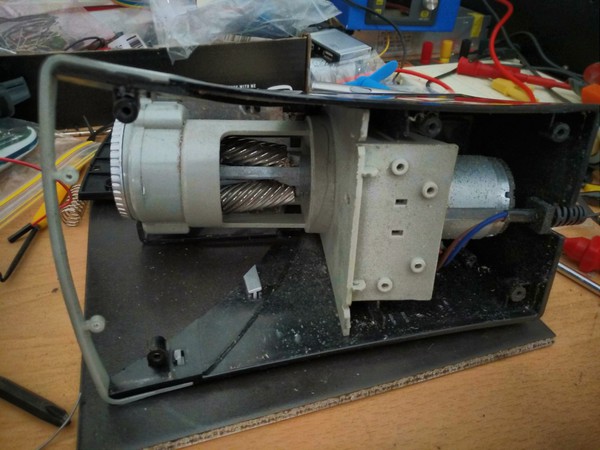
The pencil mincer part of the assembly looked very impressive. It connected via a little enclosed gear train to the motor, which yet again didn't have any useful markings but appeared to be a permanent magnet DC motor. I assumed it would be an AC motor on account of running off AC, but what I discovered next will shock you.
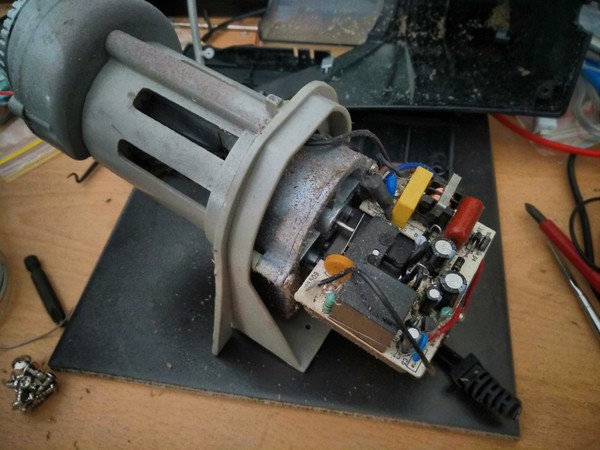
It's a circuit board. Surprise! The right hand side is a fairly standard rectifier to provide the DC that the motor so desperately craves. There's a transformer, but the number of coils on either side seems identical, so I think it's just for isolation. That would mean everything's running on around 300 volts DC, which seems like a lot. But, hey, I'm not a motor, what do I know?
What I couldn't figure out was what that relay on the left is for. There are two switches to detect that there's a pencil in the pencil hole and the pencil flakes container is inserted, and I'm pretty sure that switch visible in the middle is related to its "auto stop" feature. But what's the relay do?
I didn't ponder this for too long, because upon realising that it was, in fact, a DC motor, I figured I'd try to power it and see if it blew up. I gave it 12 volts and nothing interesting, then ramped up to 24 and finally 48. Somewhere around 24 it actually started working, albeit super slowly. To go any further really needed that sweet mains voltage.
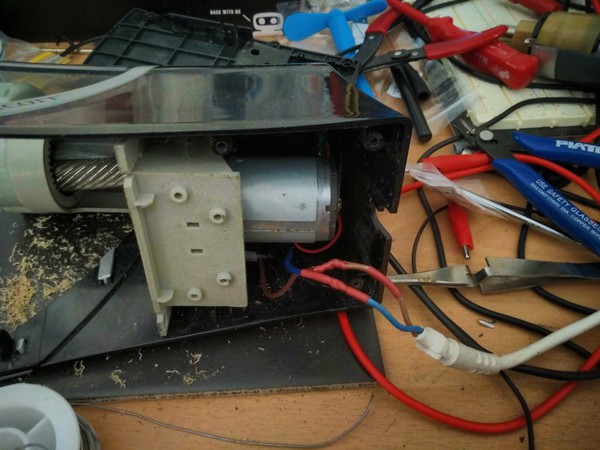
I checked the fuses and capacitors, and nothing seemed particularly exploded. Up until that point I assumed the cord had been cut off because the sharpener went bang or zapped someone's kid, but I (very nervously) gave it the wall juice and it seemed to work fine. Maybe the cord got cut off because it was damaged. Or maybe the owner hates cords. It's not my place to judge.
So I lopped off its little vestigial cord stub, grabbed the cord from an old blender I ruined earlier, and wired it up. Everything still seemed to work, so I put all the screws back in and sharpened a couple pencils that didn't really need sharpening just to experience 240 volts of raw mechanical fury.
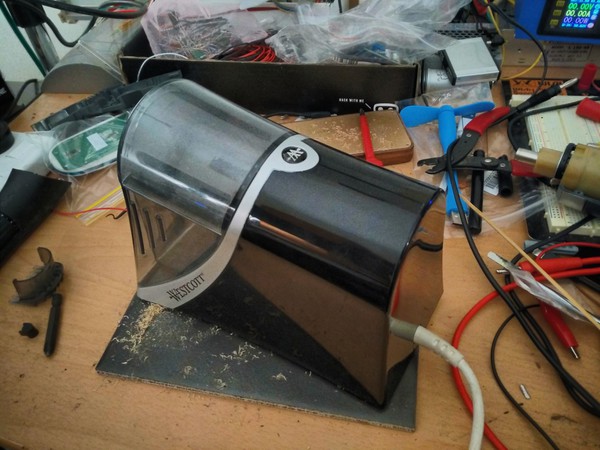
And there you have it. One broken-down electric sharpener that's given up on itself + one inspiring pep-talk and/or power cable = one working electric sharpener and a long-overdue sense of upward social mobility.